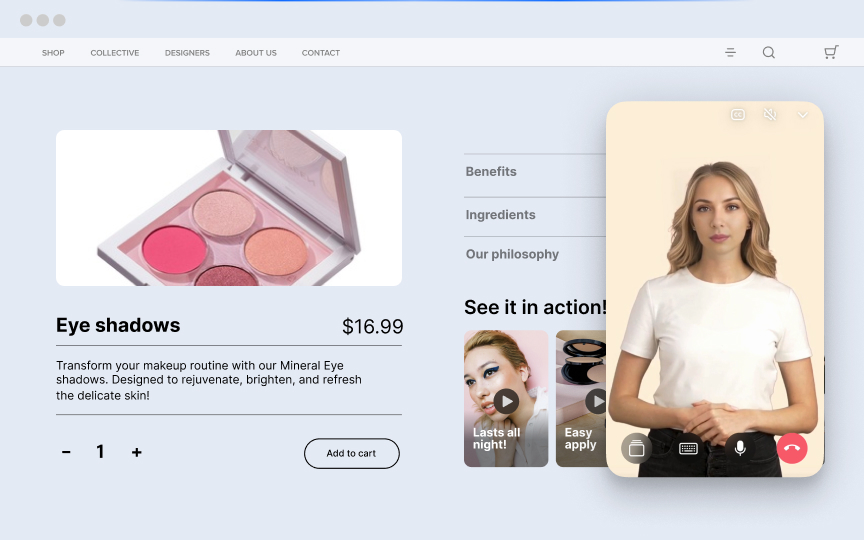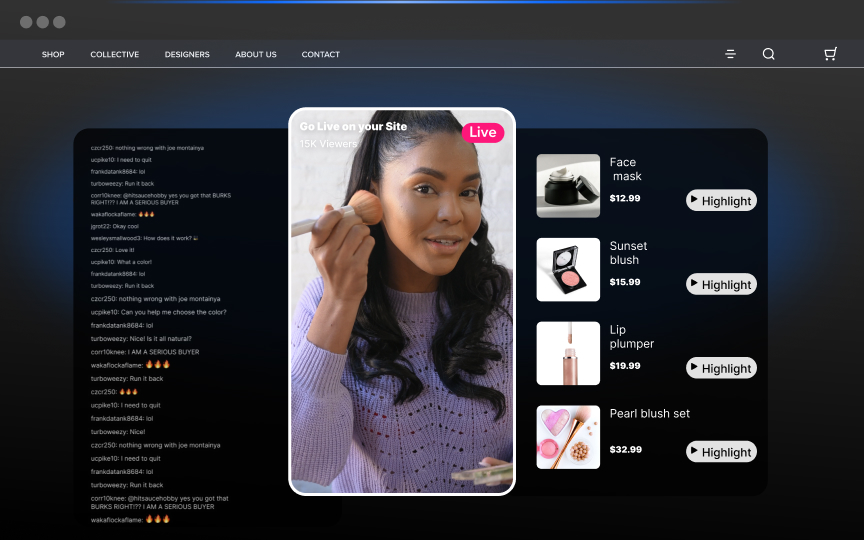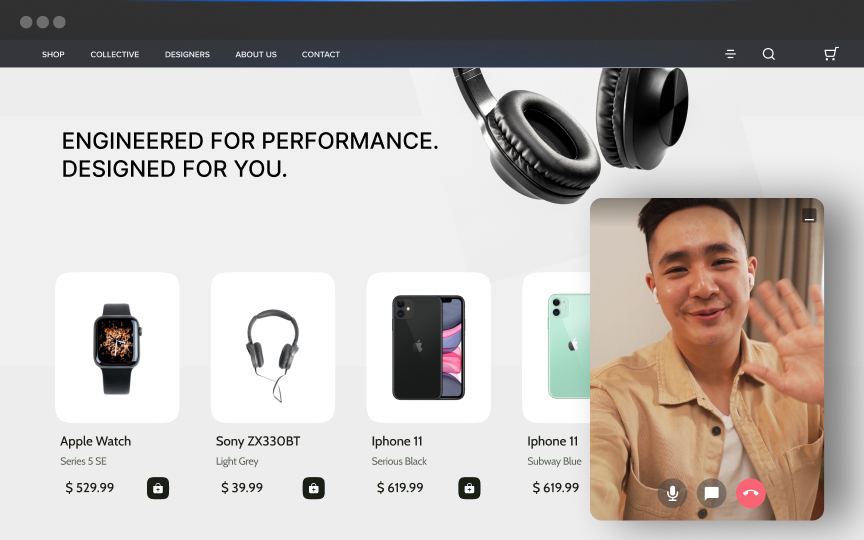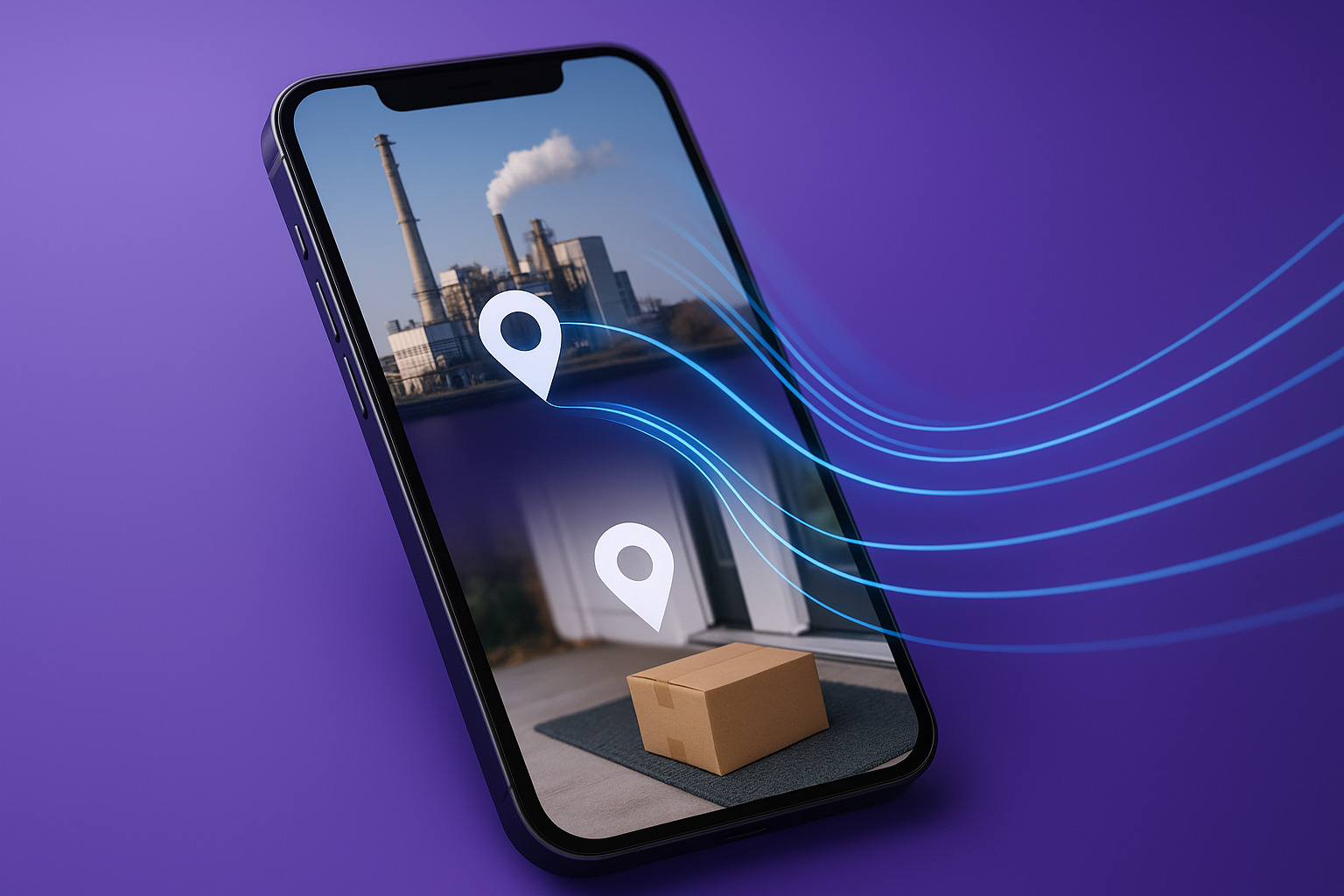While India battles the coronavirus with aggressive vaccination drives, another battle ensues within business communities. Unfortunately, there is no vaccination or a quick fix here. The continuous lockdowns, ban of public gatherings have created a disruption in the retail sector driving irreversible trends in the way we all shop. Read on to learn about saving retail in India and the world as a whole.The adoption of digital sales has been fueled by the aggressive adoption of the internet in covid hit developing countries like India, bringing a whole new cohort of shoppers, influencing a trend that may carve the future of retail.Levis Strauss and H&M have gone on record saying that their India operations were among the most affected globally. Fashion quite naturally was among the worst-hit segments with retailers not only to grapple with low footfalls in high-street stores and malls but also with their digital strategies which are now their only way to recovery. Gone are the days when a leisurely Saturday afternoon could be spent at a mall or a high street window shopping and indulging in impulse purchases. This lack of human connection extends to other categories like cosmetics, where an in-store expert helped women (and sometimes men) pick the right shade of red for that weekend brunch. Read on to learn about saving retail in India.
Falling Short, Digitally
Disruptive digital forces in the retail and consumer products market are challenging the status quo. Retailers are quick to realize that digital provides opportunities to acquire new customers, engage better with existing customers, and reduce the cost of operations with a positive influence on revenue and margin, even in a pandemic environment. But not many are agile enough to adopt this digital transformation that’s needed in a pandemic state
The Need for Digital Transformation
Retailers need to adapt to an ecosystem where consumer tastes are constantly evolving, thereby creating a need for continuous innovation to engage with them and retain them. An omnichannel approach to retail can no longer be deferred. Consumers wish to shop anywhere and at any point in time, expecting retailers to be able to fulfill their discerning habits across channels and most importantly with the right experience.Today’s digital shoppers constitute a mix of very discerning early adopters of e-commerce and the pandemic influenced netizens, both looking for an experience that not just mimics the shopping experience of the brick and mortar but far exceeds them.Consumers today have diverse choices with the emergence of digital-native competitors. These companies have used digital channels since their inception and have formed deep connections with consumers. Traditional retailers must quickly adjust to compete in a world of increasing choices. Consumer shopping habits will continue to evolve as new technologies emerge. Retailers need to adapt quickly and use new technologies with a digital customer-focused mindset.
Optimize and Grow - Access to First-party Data
With a digital transformation in place, stores need to set themselves up for growth and performance. Unlike a brick-and-mortar setup, retailers are needed to replace the swanky sale and new collection sections with data intelligence that will help businesses to target the ‘most likely’ and take their new collections and sale season to the consumers' mobile. Customers now expect a more interactive, personalized brand experience where the organization uses available touchpoints or channels to engage with them.While it is well known that India is a mobile-first country, digital transformation with a ‘mobile-first approach with deep access to data coupled with great experience is that gob smacking recipe to success in this environment.Stores need to be a powerhouse of data that helps brands make informed decisions to drive sales and optimize costs, making a positive impact on both the top and bottom lines. The ability to collect, process, and share large quantities of data has led to some fundamental disruptions in the design of business models. Companies need to stay ahead of the changes driving the marketplace.
Experience That Begins With Stories and Ends In Profits
Shoppers today are more informed than before and have access to multiple sources of information. Competition really is only a click away. They seek more information and are less patient and forgiving. In a brick-and-mortar environment, a store tells a lot about a brand and conveys a message quite easily.However, in a digital environment, creative storytelling by the adoption of technology like e-commerce laced shoppable short videos will attract customers and do the trick; access to data on top of this will help these brands frame a better story and a better overall experience.Adopting shoppable livestream for eCommerce is the next logical step. It is already mainstream in China and there is no reason for Indian consumers to behave any differently. A total change in the approach of the digital assets that brands have is required. Retail brands spend millions to drive traffic to very well laid out but text and image-heavy websites that are not ‘swipe’ friendly. A combination of shoppable video stories and livestream on their own websites without depending on social media and walled gardened ecosystems is an absolute must.According to the Deloitte Report on Digital Disruption in Retail for 2020, digital devices are increasingly influencing the way customers shop. More than half (56%) of in-store retail sales are influenced by digital. Additionally, the report states, consumers want to control their shopping journey and not feel pushed by retailers. Many shoppers already know what they want to purchase before stepping into a store. According to a 2016 Deloitte Holiday Survey, over 54% of purchases were specific items that shoppers had planned to buy.The 2020 report also validates that consumers are accustomed to researching products before making a purchase. They explore brands and compare prices before deciding on what and where to make a purchase. Customers also communicate among themselves through social media, reviews, product ratings, and tutorials, which further influence purchase decisions- and all of that journey happens online. In short, it is no longer enough to just show a video commercial a million times or create a viral video. The consumer is looking for storytelling from the first person point of the video.The report points to the fact that customers with an exceptional purchase experience not only spend 140% more compared with those who had a poor experience but are likely to remain with the brand for five years longer than those with negative experiences. It also states that about 40% of companies have witnessed a direct impact on sales growth, basket size improvement, and profit-driven personalization.
Conclusion
There is no doubt that the Government’s initiative to digital adoption, internet affordability, and penetration have leapfrogged India’s digital maturity, with about 150 million customers in India currently digitally influenced in retail. But it is clear that when it comes to saving retail in India, the fittest will not only continue to survive but make better bottom-lines - largely driven by efficient digital transformation strategies.
Unlock Exclusive Insights
By submitting this form, you agree to Firework's privacy policy and consent to receive personalized marketing communications. You can unsubscribe at any time.

























.jpeg)





